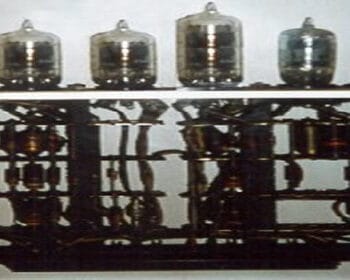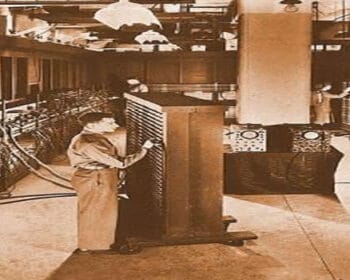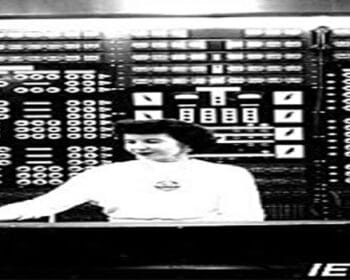John Eckert
J Presper Eckert Jr. attended the William Penn Carter School in Germanstown. In 1937, after graduating from school, he entered the Moore School of Electrical Engineering at the University of Pennsylvania from where he graduated in 1941. After graduation he was offered a teaching job at Moore, where he met…



